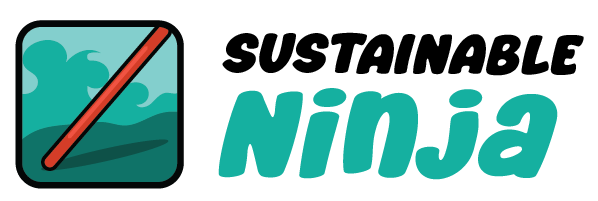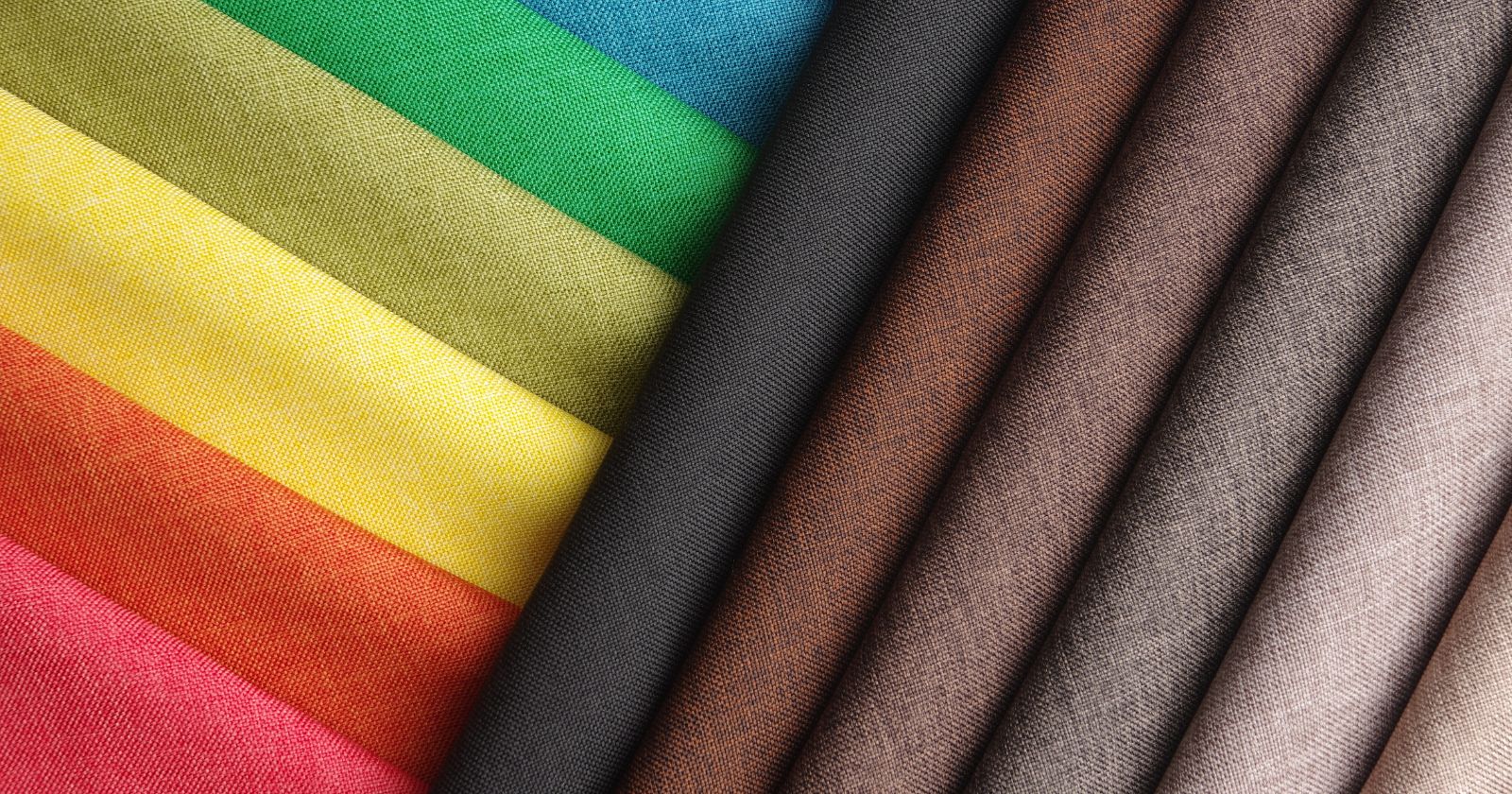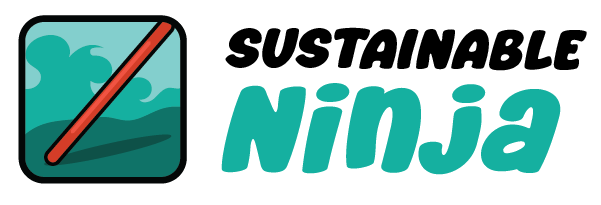Rayon, a semi-synthetic fabric, and cotton, a natural fabric, have many differences, but which is best? Let’s find out:
Both rayon and cotton are soft fabrics with very good breathability and good moisture-wicking wicking. Rayon fabric is cheaper, weaker, and less durable than cotton, while cotton is a better insulator and can also be made more sustainably. Cotton can often be tumble-dried, while rayon cannot, and cotton also has better color-fastness. Cotton is considered a more premium fabric than rayon.
Check out the comparison table, then read on to find out more, including which fabric is best for shirts and sheets, how they compare on uses and sustainability, and more:
Rayon vs Cotton Comparison Table
| Property | Rayon | Cotton |
|---|---|---|
| Other Names | Viscose, Modal, Lyocell | – |
| Made From | Chemically-treated wood and bamboo cellulose | Fibers from cotton plant seeds |
| Advantages | Rayon is cheap to produce and provides a substantially higher yield per acre than most other fabrics | Cotton fiber has superior wet strength and is a natural insulator. Cotton also has natural anti-microbial properties |
| Disadvantages | Rayon shrinks in hot water, and the more environmentally-friendly methods of creating it increase costs. Some forms of rayon require dry cleaning. Rayon may absorb body oils leading to staining. | Higher production costs than many other fabrics, particularly for organic cotton. |
| Uses | Rayon is used for clothing, bed sheets, curtains, and carpets. | Cotton is widely used in clothing, including to produce popular woven fabrics such as denim, flannel, and canvas. Also used for bedsheets, towels, and upholstery. |
| Natural or Synthetic | Semi-Synthetic | Natura |
| Woven or Knitted | Either | Woven |
| Thread Count | 300-600 | 100-1000+ |
| Washing | Dry clean or gentle hand wash in cold water (always check the label first) | Typically fine in washing machine (always check the label first) |
| Drying | Air dry only, do not tumble dry as shrinkage is likely | Often fine in tumble dryer, although shrinkage can occur especially if 100% cotton (check the label first). If unsure, air dry. |
| Ironing | Iron inside-out while damp with low heat | Iron while damp (use a spray) on high heat |
| Wrinkle Resistance | Wrinkles easily, especially when damp. | Wrinkles easily |
| Heat Retention | Medium | Medium |
| Moisture Wicking | Good | Good |
| Breathability | Very Good | Very Good |
| Stretchability | Medium | |
| Flammability (untreated) | Very High | Very High |
| Water-Resistance (untreated) | Poor | Poor |
| Color-Fastness | Poor | Good |
| Strength | Medium when dry, but weaker when wet | Good, especially when wet (cotton gets stronger when wet) |
| Durability | Low | Good |
| Drape | Fluid | Medium |
| Softness | Good | Good |
| Environmental Impact Score (A is best, E is worst) | Generic Viscose Rayon = E, Modal = D, TENCEL = B | Conventional Cotton = E, Organic Cotton = B, Recycled Cotton = A |
| Sustainability Issues | The Rayon industry contributes to deforestation and pollution. Rayon production is chemically-intensive. | Cotton growing can be pesticide and water intensive, leading to pollution. Less impact when grown organically. |
| Vegan | Yes | Yes |
Rayon vs Cotton: The Basics
Rayon is a semi-synthetic fabric that uses cellulose fiber harvested from the wood pulp of fast-growing trees and plants (including bamboo). It is very popular, especially in fast fashion, because the fabric exhibits similar properties to cotton but can be created at a lower cost. It is breathable, wicks moisture effective, and retains heat quite well. It does, however, have a tendency to shrink in hot water and can get stained from body oils. It comes in several types, each named after its production process, including viscose, modal, and Lyocell, and is sometimes referred to as artificial silk.
Cotton is an organic fabric created from fibers harvested from around cotton plant seeds. The use of cotton dates back thousands of years, and it is still one of the most popular fabrics in the world, thanks to its high tensile strength, moisture-wicking, and relative ease of production. Unlike rayon and many other fabrics, cotton has a higher wet strength than dry; rayon fibers weaken when wet.
Cotton vs Rayon: Uses
Both cotton and rayon are used in the textile industry, primarily for making clothes but also for sheets and bedding. Cotton is highly versatile and can be used to make many types of natural fabrics, including denim, corduroy, chambray, chino, plaid, and more.
Bamboo vs Cotton Sheets
Rayon, or ‘bamboo’ sheets, as they are often referred to, come in a number of weaves, including percale, sateen, and twill. They’re soft and breathable but will need to be washed in cold water to prevent shrinking from occurring. At lower thread counts compared against a similar cotton sheet, rayon fabric will feel softer. Many sites, unfortunately, position rayon sheets as the sustainable option when compared with cotton, which is not true due to the number of chemicals used.
Cotton sheets also come in a range of weaves. At lower thread countsm they’re not as soft as a rayon equivalent, but higher quality versions such as Egyptian cotton will feel as soft, particularly after a bit of use. Cared for well, cotton sheets are durable, and they have slightly superior breathability and heat retention.
We recommend high-quality 100% organic cotton sheets. In terms of properties, it’s a close call, and both the fabrics have positives, but this is the better option for the environment. Watch out for lower-cost Egyptian cotton, as they may be blends and not 100% cotton.
Cotton vs Rayon Shirts
High-quality cotton shirts are considered superior to rayon for most clothing applications, but especially format shirts. A cotton shirt will be stronger, will retain its shape better, and is less likely to fade in color. Egyptian cotton is best, but Pima and Swiss are also well-regarded. Look for a cotton shirt made of 100% natural fibers (no blends) and a thread count of 160 or higher to get a quality shirt. While rayon (or bamboo) clothes are cheap, they tend to absorb body oils which leads to staining – not something you want on your shirt when you’re entering an important meeting!
Bamboo vs Cotton Socks – Which is Best?
Cotton socks are soft, strong, and breathable. They’re strong in warm weather and good for both formal and casual wear, although they are not recommended for sporting wear. Cotton socks are normally a polyester or nylon blend, as these add elasticity and make them more comfortable.
Bamboo socks are also cheap, light, and breathable. However, they are not as durable as cotton, so they may wear out quicker. Rayon socks are also created using chemicals, which is bad for the environment.
Bamboo vs Cotton Underwear
Cotton underwear is soft, strong, and absorbs and wicks away moisture well. In comparison, bamboo (rayon) has similar absorption (it can absorb more but absorbs a little slower), but it dries slower and will not be as strong. Although comparable in most aspects, bamboo underwear will wear out faster, so you’ll need to replace it more often, so we’d go with cotton.
Bamboo vs Cotton Towels
High-quality cotton towels will be thick, soft, absorbent, and durable, particularly if you buy a premium type like 100% Egyptian or Supima. Bamboo towels (made from bamboo rayon) are also soft and absorbent but will take longer to dry and will wear out quicker.
Rayon Drapes or Cotton Drapes?
Natural materials, like cotton, are popular choices for drapes and curtains because they breathe well, are durable, and aren’t too heavy. Their durability can be enhanced by adding a lining and increase their opacity. Rayon is not typically preferred for curtains, which tend to be made from natural materials like linen, cotton, or silk, or synthetic ones such as polyester. Rayon is, however, often blended with fabrics like linen when making curtains.
Rayon vs Cotton: Production Methods
Rayon can be made using several different processes, each of which gives its name to a different rayon fabric. Viscose, modal, and Lyocell are all different types of rayon, each of which is made using the process they are named after. Essentially, the processes involve treating the cellulose natural fibers (wood pulp, basically) from bamboo plants with a range of chemicals (including sulfuric acid and sodium hydroxide) in order to create fabric.
The end fabric is similar for each, but the exact chemical process and production steps define how cheap and how sustainable the process is – the cheaper the process, the less sustainable it is. Although rayon uses natural fibers, it is considered a semi-synthetic fiber because of the volume of chemicals it requires. Rayon is a fabric made using an intensive process, and some consider it closer to man-made than natural, despite the underlying material being pure cellulose from plants.
Cotton comes from the fibrous casing that protects the seeds of the cotton plant. The fiber is separated from the cotton seed and cleaned, and then ‘carded.’ This process turns the small cotton fibers into long strands, which are then spun into yarn. This yarn can then be dyed any color and woven into clothing. Cotton fabric is considered natural because it does not require intensive chemicals when produced.
Cotton Rayon Blend
A cotton-rayon fabric blend is not uncommon and can be used to reduce costs (by reducing the cotton percentage) or to increase stretchiness (rayon is more stretchy than cotton). You may also see the two as part of a larger mix: a rayon-cotton-polyester-spandex mix, for example, helps combine the feel of cotton, the stretchiness of rayon, the strength of polyester, and the shape control of spandex. This mix is common for objects such as stretch pants.
Cotton vs Rayon: Sustainability & Environmental Impact
Viscose rayon and modal rayon fiber are both unsustainable products. These processes are not a closed loop, which means that harmful chemicals, such as carbon disulfide, are lost in wastewater and not recovered, instead entering the environment where they cause damage to plants, animals, and humans. Fabric made in this way is safe to wear but has been linked with health problems for those manufacturing it, including skin conditions, heart disease, nerve damage, and strokes. Viscose rayon is not produced in the US or many other Western countries for this reason – the process of creating rayon fibers is too toxic.
There is one bit of good news – a type of rayon called Lyocell is better, and, in particular, Tencel, which is a branded form of Lyocell created by Lenzing. This is made using an environmentally sustainable closed-loop process that recovers almost every chemical used and is far better for both the environment and workers than viscose rayon.
The production of non-organic cotton fiber can also be devastating for the environment. This method uses significant amounts of both pesticides and water to grow the cotton plants, causing huge damage and pollution to the surrounding area. Despite being a natural fiber, non-organic production methods are as damaging as those for man-made fibers.
Organically grown cotton fiber is better: it is grown without pesticides, relies on rain for watering, and uses natural methods to improve the soil. However, this comes at a cost: the fiber yields are lower, and costs are higher. This is reflected in the cost to the consumer, which is considerably higher for organically-grown cotton than the same fabric grown non-organically or rayon, particularly viscose rayon.
Rayon vs Cotton: Cost
Rayon is almost always going to be cheaper than cotton, especially if it is organic. The cotton price reflects its production process: it requires more land to produce, and the conditions that produce a good yield are harder to come by. Viscose rayon, in particular, is cheap, and because of this, it is used substantially in fast fashion products.
Conclusion – is Rayon or Cotton Best?
So, rayon or cotton? Both these fabrics have similar properties, and both have sustainable and unsustainable versions. Rayon can be a good purchase but is only sustainable if you stick to Tencel products, which tend to be more expensive. Clothes made using the viscose or modal production process are cheaper but highly likely to have been created in an unsustainable fashion.
Overall, cotton is the superior of the two fabrics. It washes better, will likely last for longer, and is a better insulator. However, unless you purchase clothes labeled organic cotton or recycled cotton, it is no better for the environment than viscose and modal, the two forms of rayon that cause the most pollution, so we recommend you stick to organic cotton fabric.
Frequently Asked Questions
Rayon or cotton for sheets – which is best?
High-thread organic cotton is better for sheets than rayon (and better for the planet). However, both cotton and rayon are breathable, wick moisture well, and soft.
How can I tell if a fabric is rayon or cotton?
The clothing label should say if a fabric is rayon or cotton. Failing that, you could do a fabric burn test. According to this guide, cotton will stop burning when you remove a flame, but rayon will continue burning. Of course, if this is a piece of clothing you like, don’t burn part of it!
Is rayon cotton?
No, rayon is not cotton. Rayon is made by chemically processing the wood pulp of bamboo plants.
Is rayon breathable?
Yes, rayon is a very breathable fabric and is considered equal to cotton in breathability.
Is rayon a natural fiber?
Rayon is not considered a natural fiber and is normally classified as semi-synthetic. This is because rayon is made from chemically processed bamboo cellulose fibers. The high level of chemicals used warrant the semi-synthetic label.
Is rayon recyclable?
Yes, rayon can be recycled (depending on what services are offered in your area). It will also biodegrade if it ends up in landfill.
Is rayon warmer than cotton?
We rank rayon and cotton as similar in terms of warmth, with high-quality cotton as more effective than rayon.
Does rayon shrink?
Yes, rayon can (and will) shrink, especially if washed in hot water. To minimize shrinking, wash in cold water only, although even then some shrinkage may occur. You’ll also want to air dry only, as a tumble dryer may also cause shrinkage.
Which is more absorbent, cotton or bamboo?
Bamboo, or rayon, can absorb more moisture than cotton, but absorbs at a slower rate and is slower to dry. Bamboo also absorbs body oils more than cotton, which can lead to staining. This means that although bamboo can absorb more, it is not as practical as cotton.
Which is softer, bamboo or cotton?
Both bamboo and cotton are very soft. At lower thread counts, a bamboo garment will feel softer than a similar cotton one. However, a premium high thread count cotton such as 100% Egyptian will feel softer than bamboo (rayon).
Is bamboo or cotton cooler?
Both bamboo and cotton have very good breathability, but overall bamboo is probably slightly cooler.


